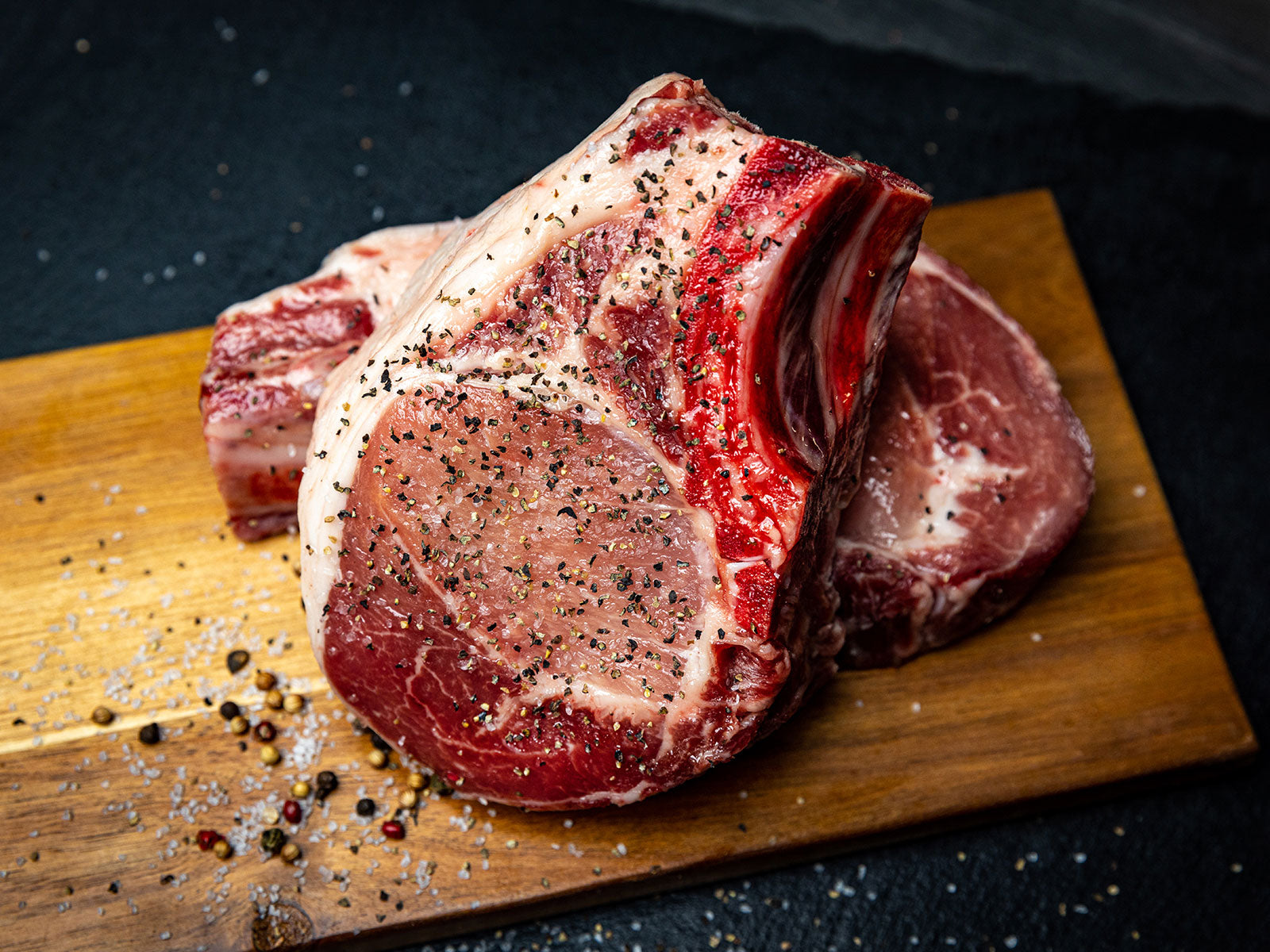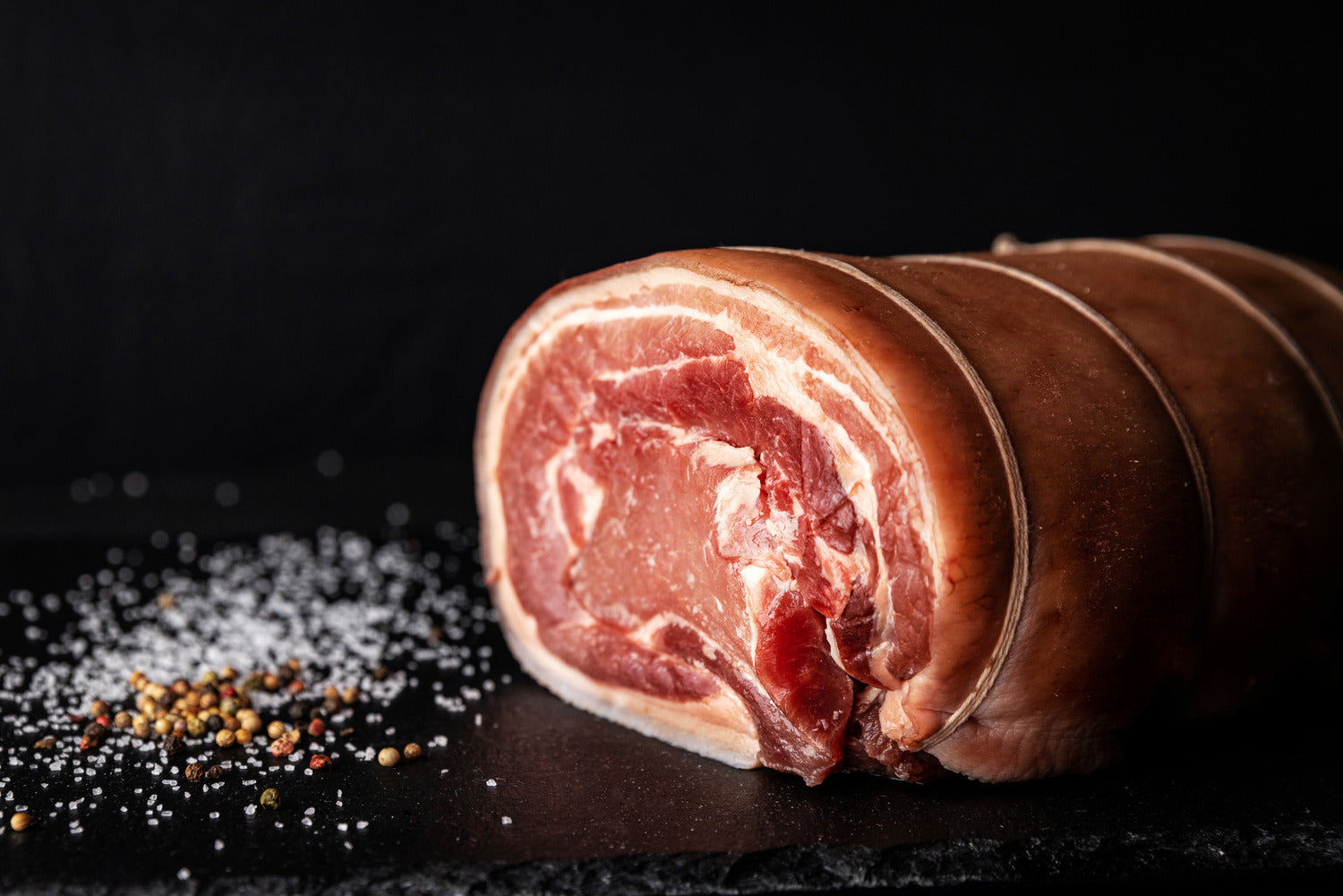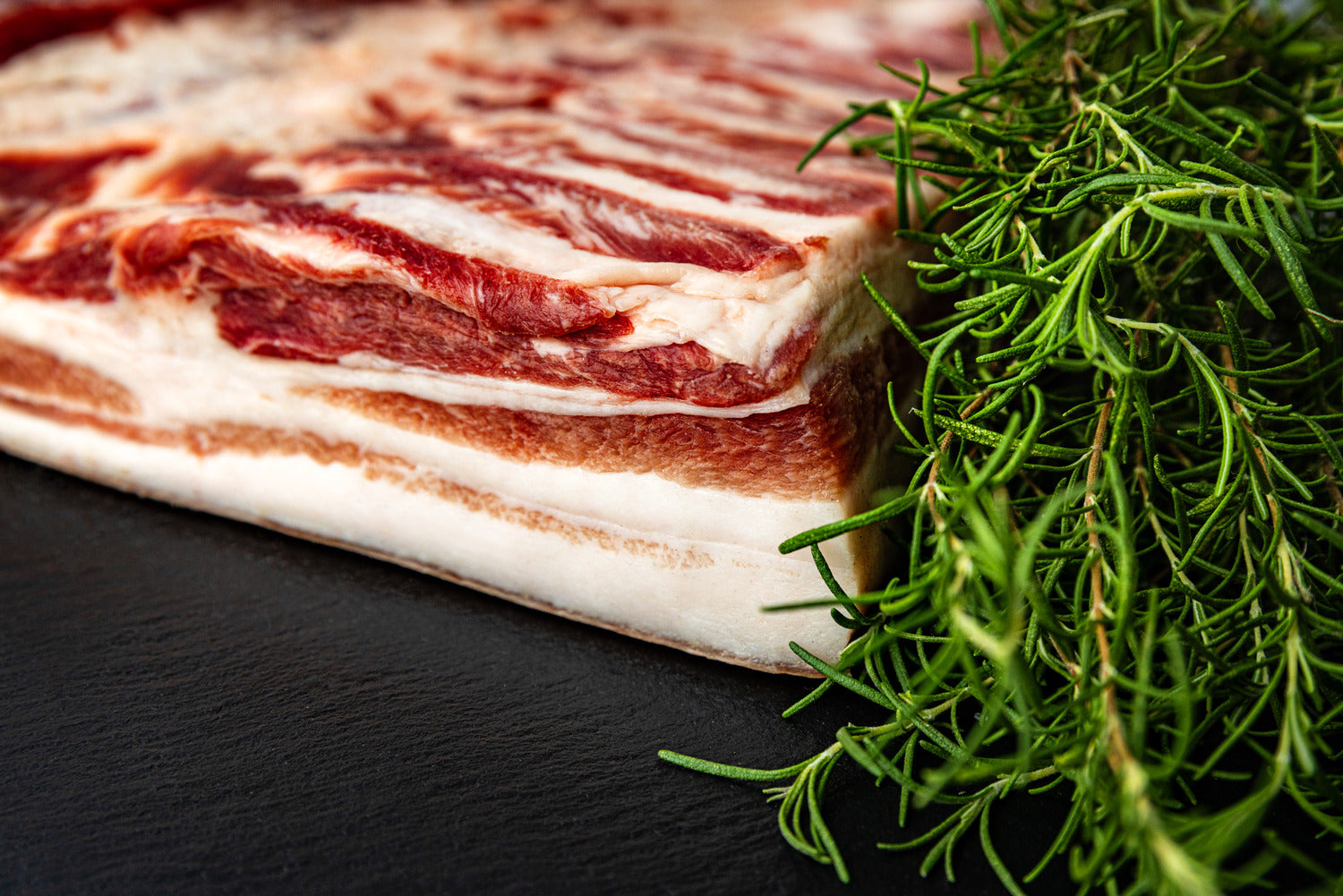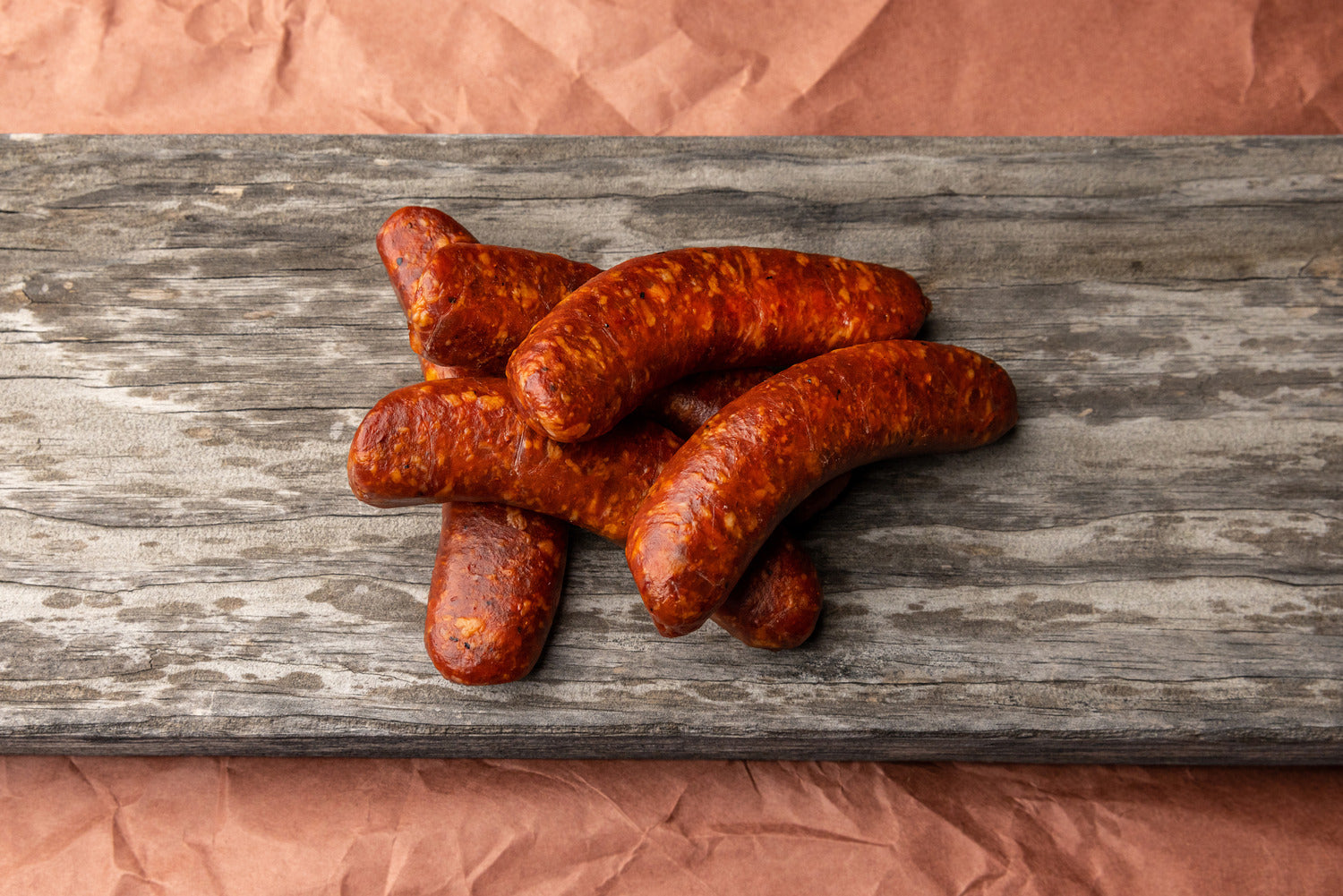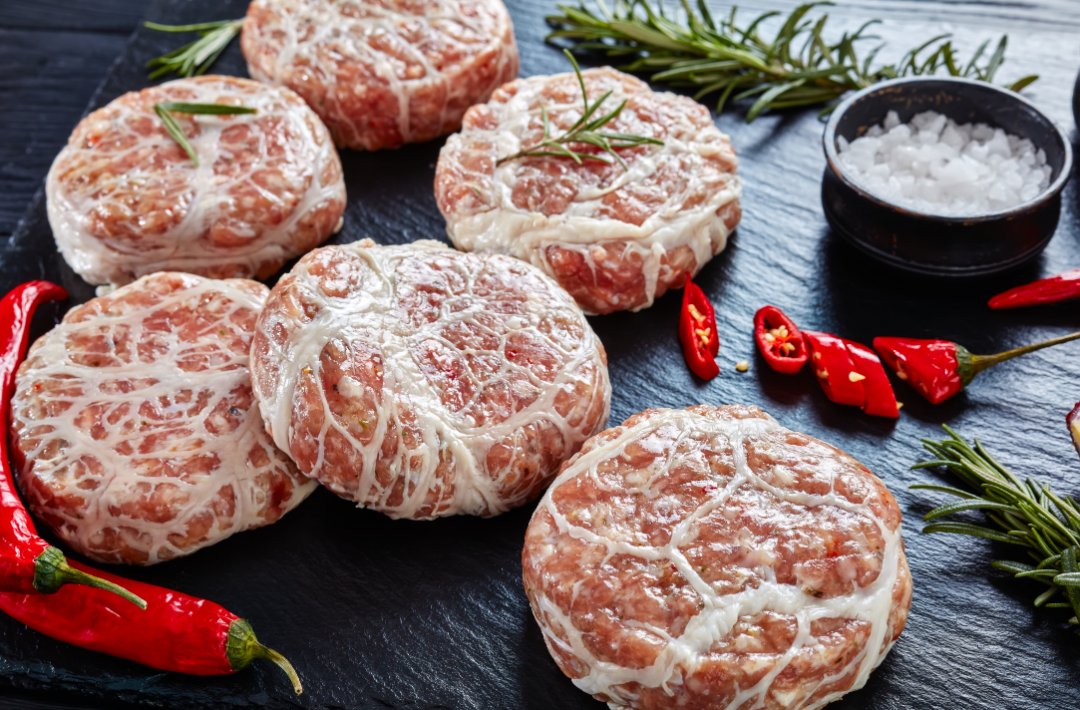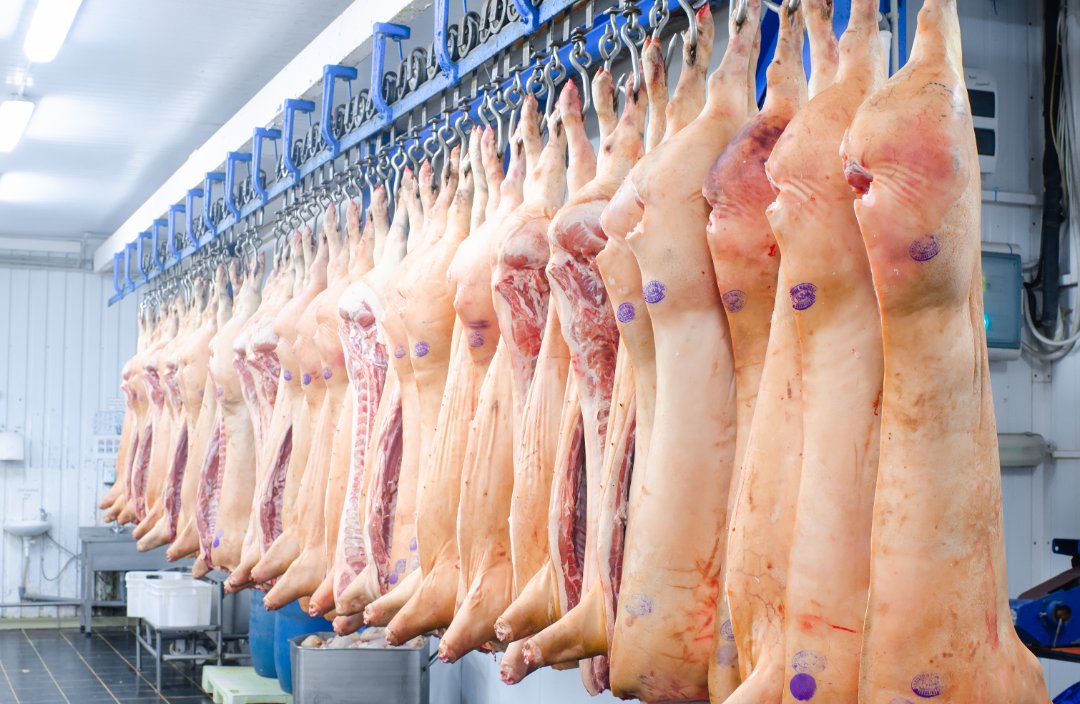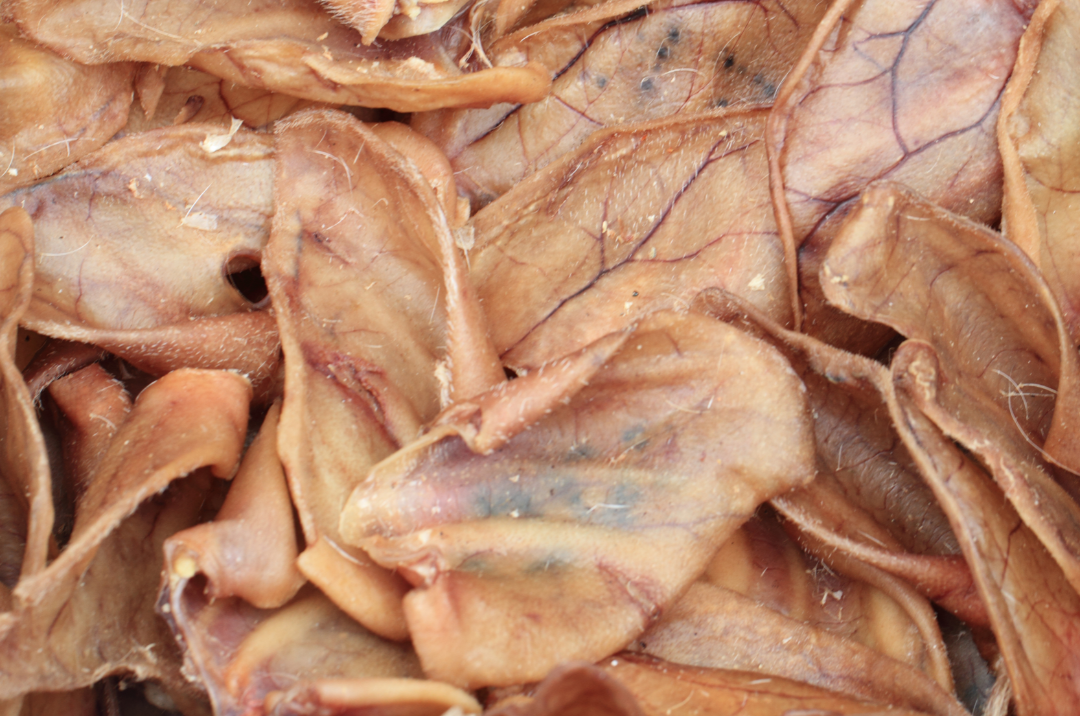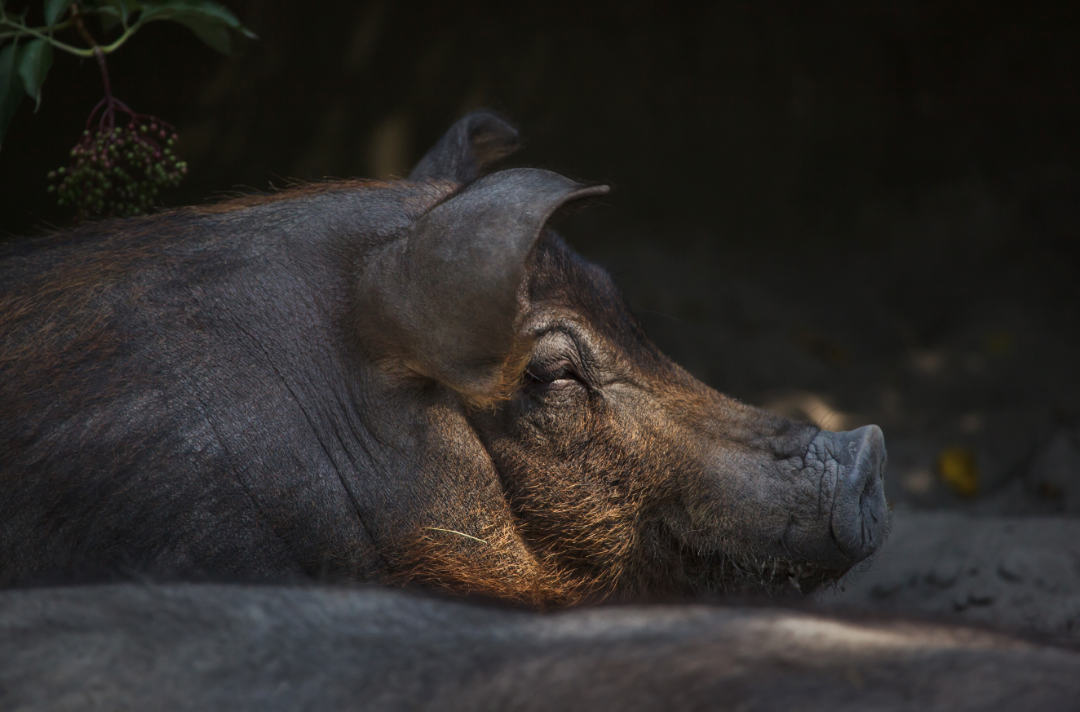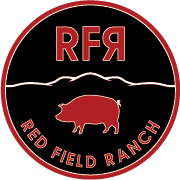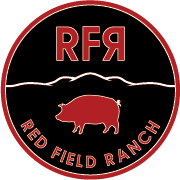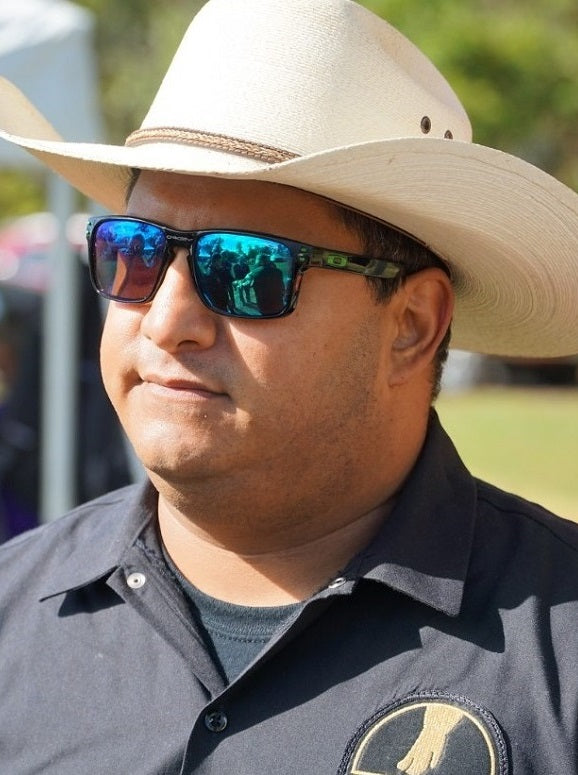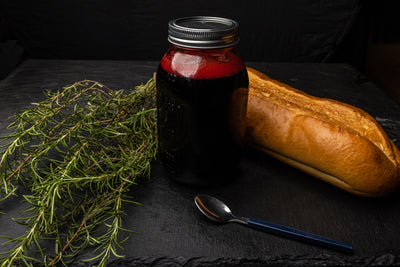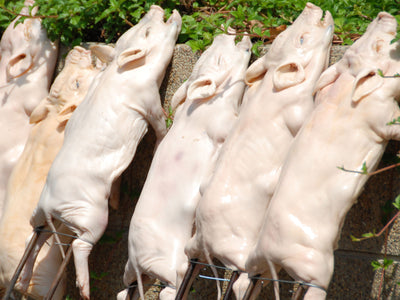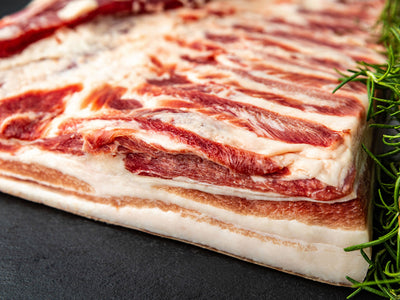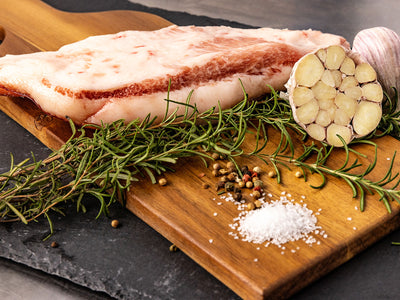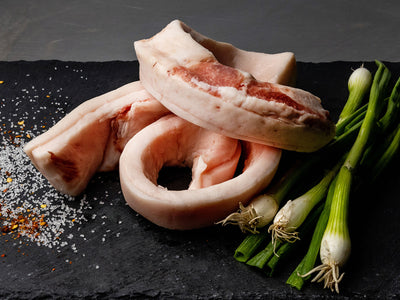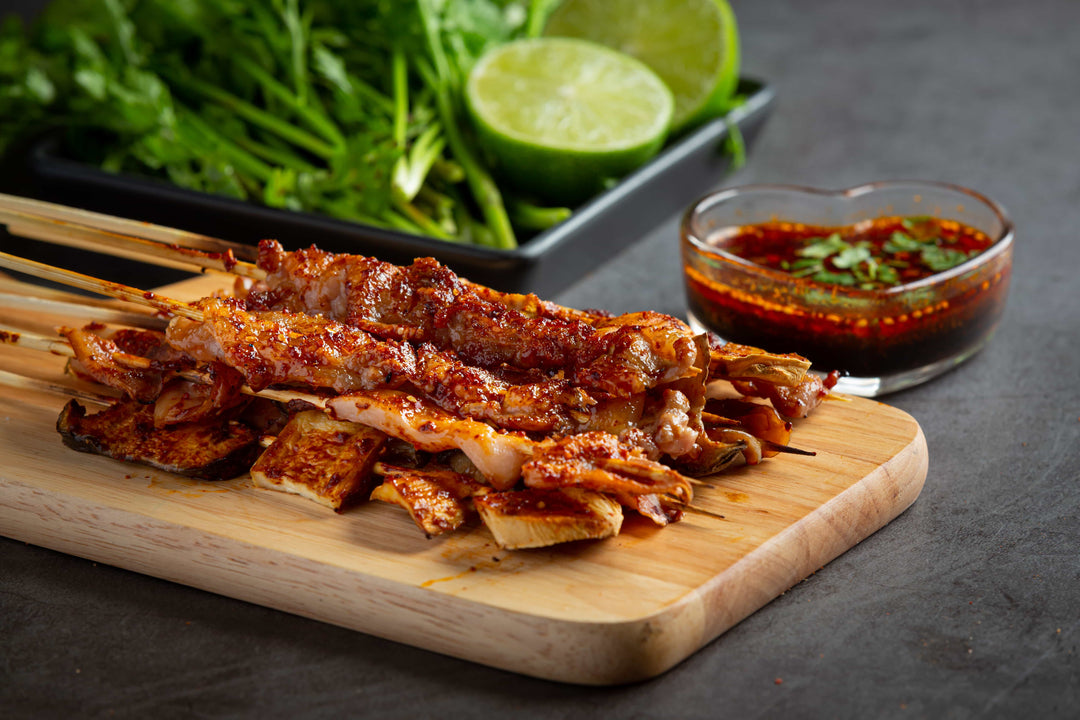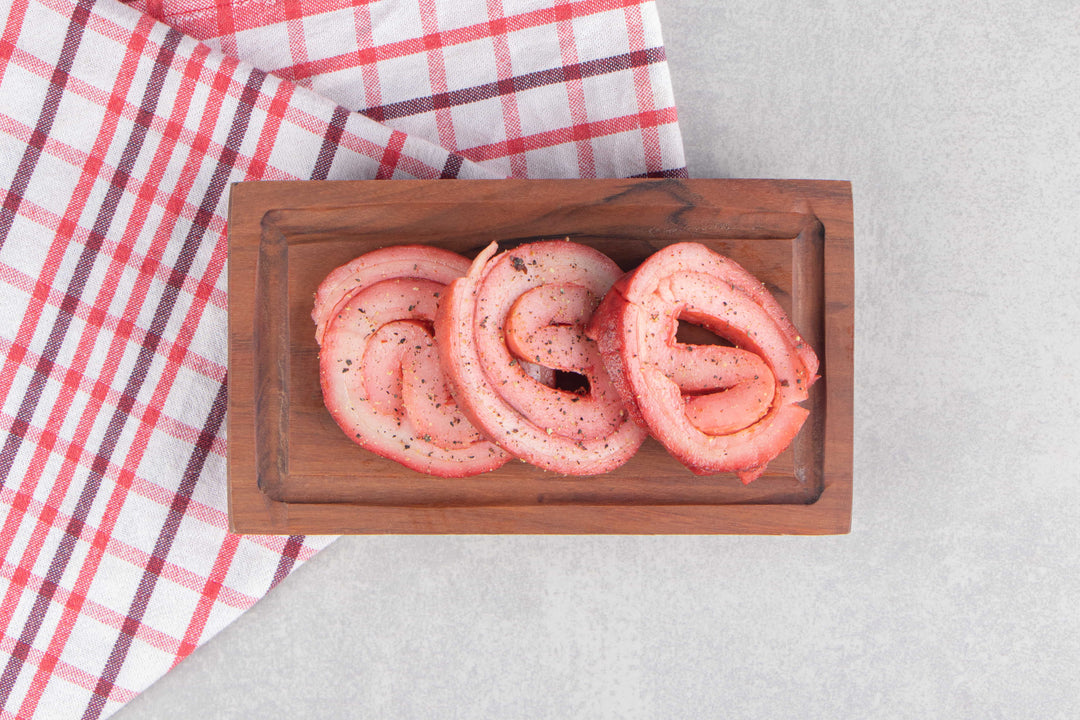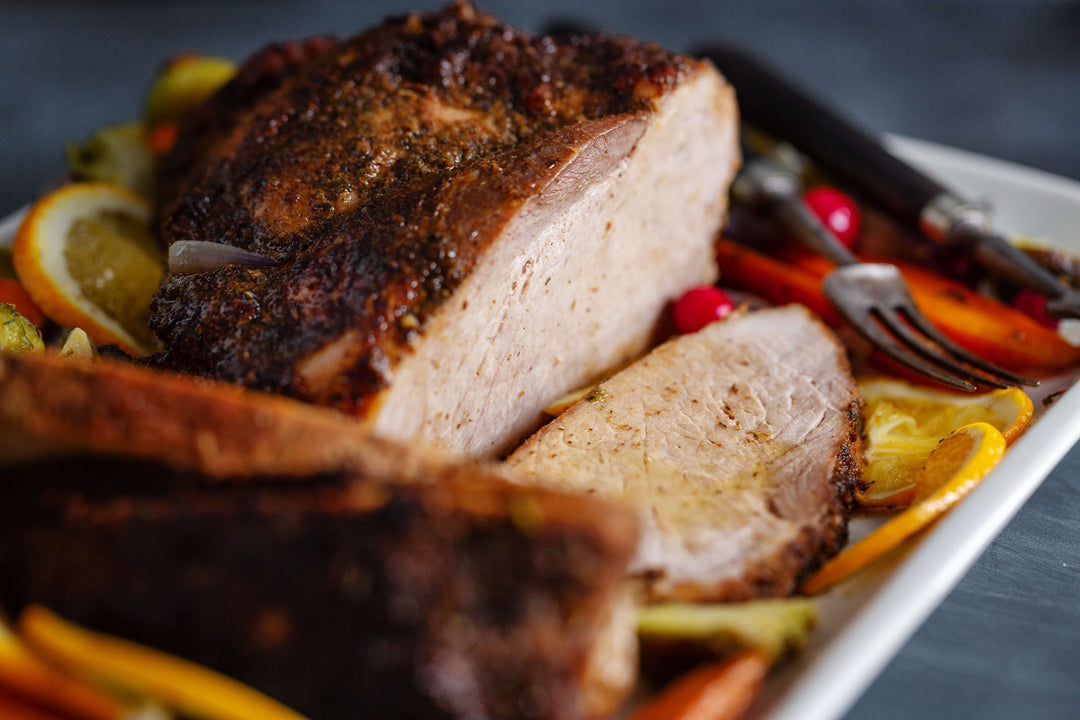Smoking pork ribs is an ancient art that transforms plain parts of meat into juicy delicacies. Having the skill of pork rib smoking as a chef can level up the barbecue to a different level. To get the restaurant quality results at home, you must do more than just put some ribs on a smoker and wait and hope. This guide unveils seven essential tips on how to smoke ribs like a chef, ensuring you can create this delicious recipe by yourself this summer.
7 Tips to Smoke Pork Ribs the Chef's Way
Selecting High-Quality Ribs for Optimal Flavor
There are two main cuts for ribs: baby back and spare ribs. The baby's back ribs are thinner and more marbled. This speeds up their cooking time and gives the ribs a smooth texture within a relatively short cooking period. Spare ribs, thicker and composed of cartilage, offer a richer, meatier flavor and a slightly longer smoke time. Avoid ribs with a pale color or excess fat because it may indicate the animal is older, which usually means the meat becomes dry and hard.
Trimming Excess Fat and Membrane
While some marbling is good for flavor and moisture, removing excess fat and the silver skin on the back of the ribs is essential so they do not burn up. Additionally, there's a thin membrane on the underside of the ribs known as the silver skin.
Marinate the Ribs for Enhanced Taste
Marinating your ribs is your choice but it can give your recipe a fantastic flavor and taste. A good marinade layer can infiltrate the meat, making it tasty with various distinctive herbs, spices, and aromas. The marinade options can be endless, but the best combination is brown sugar, paprika, garlic powder, and onion powder. Marinate the ribs for at least 4 hours in the refrigerator, but it is preferable to keep them overnight to allow full flavor penetration.
Selecting the Right Wood
Wood smoke is crucial in infusing your recipe for pork short ribs with a distinctive flavor profile. Here are some popular options:
- Hickory: A classic rib choice, hickory smoke delivers a strong flavor.
- Applewood: This wood provides a sweeter, fruitier smoke that complements pork beautifully.
- Cherrywood: Another sweet and mild smoke option, cherrywood pairs well with ribs for a delicate flavor.
Preheating the Smoker
Be mindful of the temperature setting precisely before the ribs are put on the smoker for smoking. A preheated smoker will help create consistent cooking and will prevent the ribs from drying out or failing to smolder. Most recipes for smoked ribs call for a temperature between 225°F (107°C) and 250°F (121°C).
Slow Method for Tender and Juicy Ribs
Patience is a critical component in the smoking of ribs. Unlike grilling, which takes the meat to high temperatures quickly, smoking uses low heat and long cooking times to break down connective tissues in the ribs, making the ribs fall from the bone tender. Smoking time for ribs can be 3 to 6 hours long, greatly influenced by the meat thickness and the final doneness requested. This fulfills both these processes evenly.
Maintain Smoking Temperature
Keeping your smoking temperature under control is essential in order to obtain the best results. If the temperature is lower than required, condensation will occur, and your ribs may become undercooked. However, temperatures that are too high can dry out the meat and leave you with burnt ends rather than juicy ribs. With the air intake, the smoker vents can be adjusted, or fuel can be added to control the temperature in the smoking experiment.
How to Choose the Pork Ribs for Your Dishes
Shop for Fresh Meat
Fresh meat results in the best flavor, crispness, and overall quality. Choose ribs that have bright red meat color, showing a healthy animal's livelihood and providing a more tasty and enjoyable eating experience. Do not choose a dull or gray color for your meat dishes, as this may imply that the meat came from an older animal, which may result in a more rigid texture.
Consider Size and Thickness
The two main cuts of pork ribs readily available are baby back ribs and spare ribs. Each offers distinct characteristics that influence cooking time and flavor profile. The appropriate choice depends on your preference. Baby back ribs are perfect for those prioritizing tenderness and a quicker cooking time. Spare ribs are ideal for those who enjoy a more robust flavor and don't mind the slightly longer cooking process.
Avoid Excess Fatty Ribs
While a certain level of marbling provides flavor and helps retain moisture, too much fat might block smoke penetration and cause the meat on the rib to cook too fast and unevenly. When looking at the ribs, avoid buying those with thick fat on the back. .
Fresh vs. Frozen Ribs
Even though fresh ribs are the best choice, frozen ribs can still substitute when fresh ones aren't readily available. Choose frozen ribs that are well-sealed and free of freezer burn from a quality farm. Defrost the frozen ribs in the refrigerator entirely overnight before cooking. Freezing has an effect on the rib's quality, with the burgundy color reducing to violet and the meat potentially losing tenderness. This is the reason why fresh pork meat is always a better option.
Elevate Your Taste With Farm-Fresh Pork Cuts By Red Field Ranch
Ditch the ordinary and elevate your taste buds with farm-fresh, Iberico Pork Ribs from Red Field Ranch. Our pigs are raised with care, resulting in exceptional marbling and unmatched flavor. Explore our diverse cuts and chef’s special recipes, from pork dino ribs to flavorful iberico jerky, and discover the Red Field Ranch difference. Visit us today and unlock a world of culinary possibilities!
FAQs
Q.1 How long does it take to smoke pork ribs?
The cooking time for smoking pork ribs can vary depending on factors such as the type of ribs, the temperature of the smoker, and personal preferences for tenderness. In general, pork ribs typically take between 4 to 6 hours .
Q.2 What type of wood is best for smoking pork ribs?
The best type of wood for smoking pork ribs is a matter of personal preference, but some popular options include hickory, applewood, oak, and cherry.
Q.3 Can I use a gas smoker for pork ribs?
Yes, you can use a gas smoker to smoke pork ribs, but keep in mind that gas smokers may not impart the same depth of flavor as traditional wood or charcoal smokers.
Q.4 Can I freeze smoked pork ribs?
Yes, you can freeze smoked pork ribs for later enjoyment. Allow the ribs to cool before wrapping them in plastic wrap or aluminum foil and placing them in a freezer-safe container.
Q.5 How often should I check the ribs while smoking?
Check the smoker temperature and fuel levels every 30 minutes to maintain a steady cooking environment.
